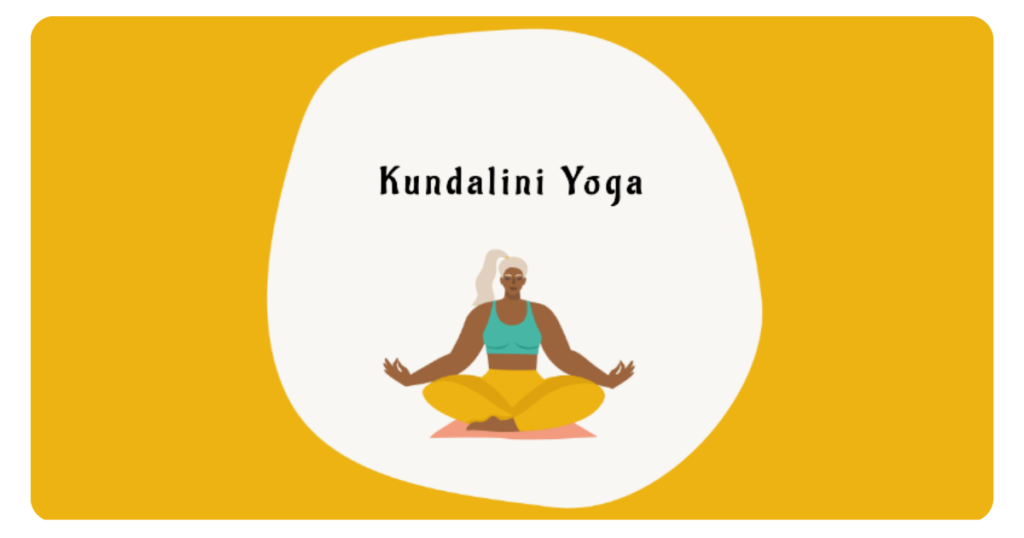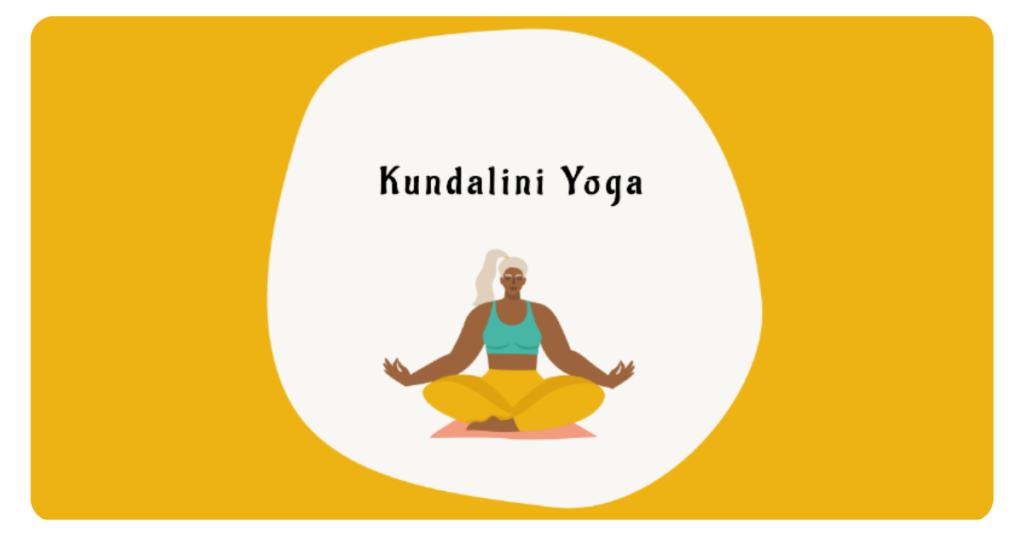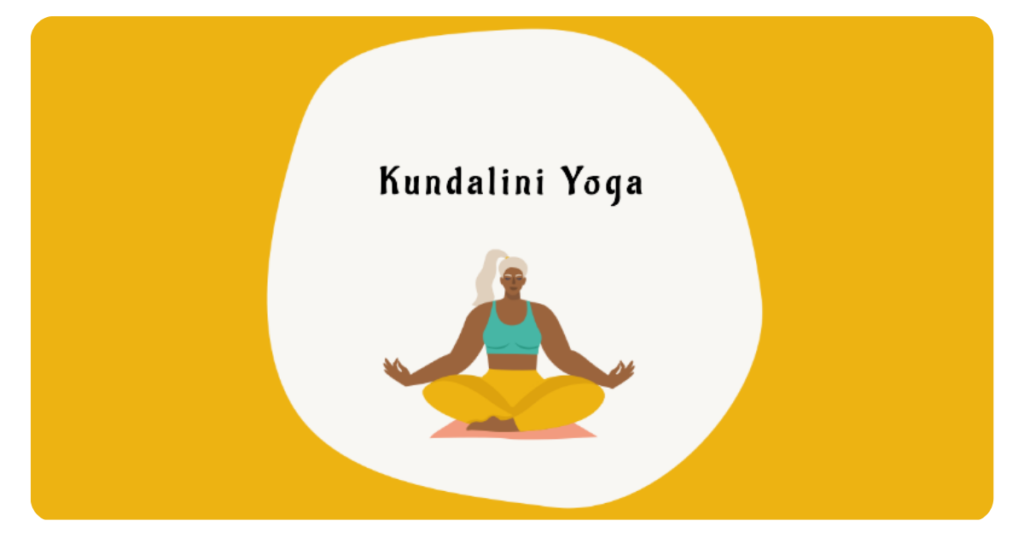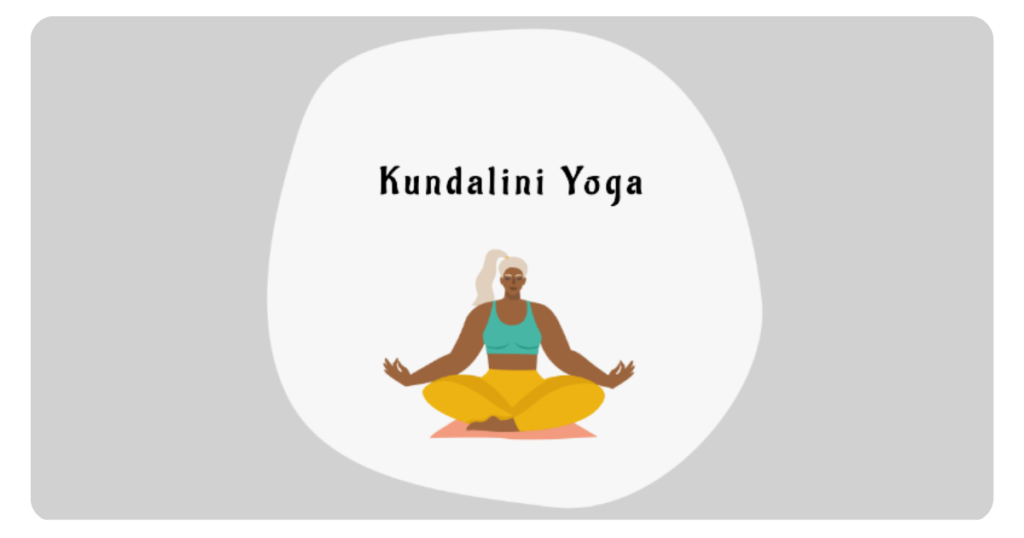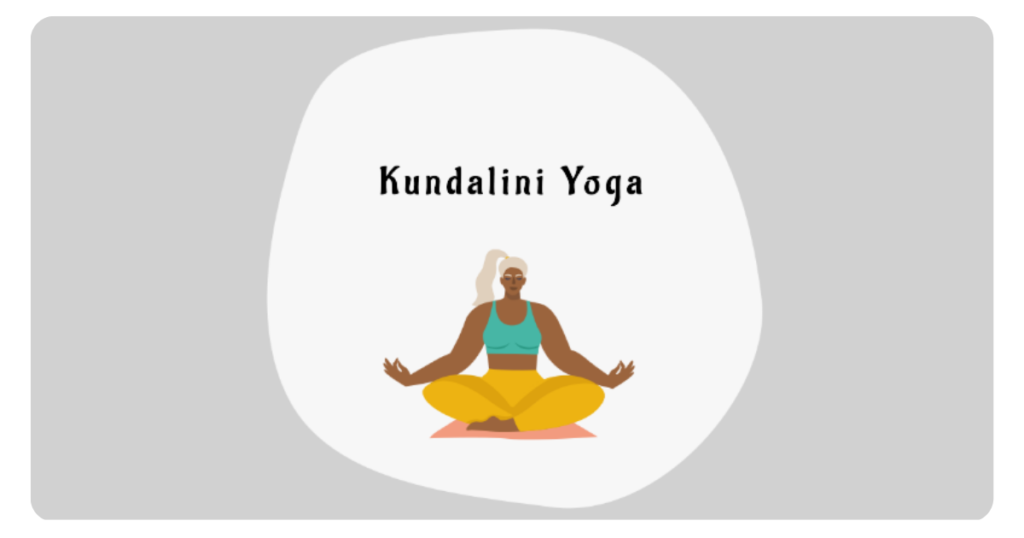Introduction:
Kundalini yoga is an ancient and powerful practice that has the ability to awaken your inner energy and promote profound physical, mental, and spiritual growth. While it may seem intimidating at first, starting with beginner Kundalini yoga poses is a gentle and accessible way to explore this transformative practice.
This comprehensive guide will take you on a journey through the essential beginner Kundalini yoga poses, providing you with step-by-step instructions, modifications, and insights into the benefits of each asana. Whether you’re a complete novice or have some experience with other yoga styles, this guide will empower you to embrace the unique principles and techniques of Kundalini yoga with confidence.
By integrating these beginner poses into your regular practice, you’ll not only cultivate strength, flexibility, and balance but also tap into the deeper aspects of Kundalini yoga, such as breath work, meditation, and the use of mantras and mudras. Get ready to unlock your inner potential and embark on a path of self-discovery and empowerment.
What is Kundalini Yoga?
Kundalini yoga is a revered and ancient practice that originated in India and has been passed down through generations of yogic masters. It is often referred to as the “yoga of awareness” due to its potent ability to elevate consciousness and tap into the profound reserves of energy within each individual.
At its core, Kundalini yoga is centered around awakening the Kundalini energy, which is believed to be a powerful, serpent-like force coiled at the base of the spine. Through specific postures (asanas), breath work (pranayama), mantras (sacred sounds), and meditation techniques, practitioners aim to safely arouse and channel this dormant energy upwards through the chakras, ultimately reaching a state of heightened awareness and spiritual enlightenment.
While other yoga styles primarily focus on physical postures, Kundalini yoga is a holistic practice that integrates the mind, body, and spirit. This unique approach offers a multitude of benefits, including:
One of the key distinguishing features of Kundalini yoga is the incorporation of kriyas, which are specific sequences of postures, breath work, and meditations designed to achieve targeted outcomes, such as detoxification, stress reduction, or chakra balancing.
While the practice may seem esoteric, Kundalini yoga is accessible to practitioners of all levels, ages, and backgrounds. The emphasis on beginner poses, breath work, and mindfulness makes it a gentle yet powerful entry point for those seeking personal transformation and spiritual growth.
Preparing for Your Kundalini Yoga Practice
Before diving into the beginner Kundalini yoga poses, it’s essential to create a conducive environment and prepare yourself mentally and physically for the practice. Here are some key considerations:
By creating a supportive and sacred space for your Kundalini yoga practice, you’ll be better able to immerse yourself in the experience and reap the full benefits of this transformative practice.
H2: Essential Beginner Kundalini Yoga Poses
Now that you’ve familiarized yourself with the foundations of Kundalini yoga and prepared your practice space, it’s time to explore the essential beginner poses. These asanas will not only introduce you to the physical aspects of Kundalini yoga but also serve as a gateway to the deeper spiritual and energetic dimensions of this practice.
Remember, the key to a successful Kundalini yoga practice is to approach each pose with patience, mindfulness, and a willingness to listen to your body. Modifications and variations are encouraged, especially for beginners, to ensure a safe and comfortable practice.
Here are some of the most common and beneficial beginner Kundalini yoga poses:
Pose 1: Easy Pose (Sukhasana)
Pose 2: Breath of Fire (Agni Prasana)
Pose 3: Ego Eradicator (Ahhan Meditation)
Pose 4: Alternate Nostril Breathing (Nadi Shodhana)
These beginner Kundalini yoga poses and breath work practices are just the tip of the iceberg. As you progress in your journey, you’ll gradually incorporate more advanced postures, kriyas, and meditations. Remember to practice with patience, consistency, and a spirit of self-exploration.
Incorporating Mudras and Mantras
In addition to the physical postures and breath work, Kundalini yoga incorporates the use of mudras (hand gestures) and mantras (sacred sounds or words) to enhance the overall practice and deepen the energetic and spiritual experience.
Mudras
Mudras are symbolic hand gestures that are believed to channel and direct the flow of energy in the body. They are often used in conjunction with asanas, pranayama, and meditation to amplify the intended effects. Here are a few beginner-friendly mudras to incorporate into your practice:
When practicing mudras, it’s important to maintain a relaxed yet focused state, allowing the energy to flow freely through your hands and body.
Mantras
Mantras are sacred sounds, words, or phrases that are chanted or repeated during Kundalini yoga practices. They are believed to have powerful vibrational qualities that can influence the mind, body, and consciousness. Here are some commonly used mantras in Kundalini yoga:
When chanting mantras, it’s important to focus on the sound, vibration, and intention behind the words, allowing them to resonate within you and facilitate a deeper connection with your practice.
Incorporating mudras and mantras into your Kundalini yoga practice can add a profound energetic and spiritual dimension, elevating your experience beyond the physical realm. However, it’s essential to approach these practices with reverence, respect, and guidance from experienced teachers or knowledgeable sources.
Tips for Beginners
Embarking on the journey of Kundalini yoga as a beginner can be both exciting and challenging. To ensure a successful and enjoyable experience, here are some valuable tips to keep in mind:
Remember, Kundalini yoga is a journey of self-discovery and transformation. Embrace the process, be kind to yourself, and trust that with regular practice, you’ll experience the profound physical, mental, and spiritual benefits this ancient tradition has to offer.
Kundalini Yoga for Specific Goals
While Kundalini yoga offers a holistic range of benefits, many practitioners also turn to this practice to address specific goals or concerns. The versatility of Kundalini yoga lies in its ability to provide targeted solutions through carefully curated pose sequences, known as kriyas, and meditations.
Here are some common goals that Kundalini yoga can help achieve, along with recommended practices:
It’s important to note that while these practices can be beneficial, it’s always recommended to consult with a qualified Kundalini yoga teacher or healthcare professional, especially if you have any underlying health conditions or concerns.
By tailoring your Kundalini yoga practice to your specific goals, you can harness the transformative power of this ancient tradition and experience profound positive changes in your physical, mental, and emotional well-being.
Integrating Kundalini Yoga into Your Lifestyle
Kundalini yoga is not just a practice confined to the yoga mat; it’s a way of life that can profoundly impact every aspect of your being. By integrating the principles and teachings of Kundalini yoga into your daily routine, you can continue to cultivate the benefits and deepen your connection to this transformative practice.
Here are some tips for seamlessly incorporating Kundalini yoga into your lifestyle:
By integrating Kundalini yoga into your daily life, you’ll begin to experience a profound shift in your overall well-being, and the practice will become more than just a physical exercise – it will become a way of living in harmony with your true self and the world around you. Kundalini Yoga for Beginners: A Transformative Mind-Body Guide
Conclusion:
Embarking on the journey of Kundalini yoga as a beginner can be a truly transformative experience. By starting with the essential beginner poses and practices outlined in this guide, you’ll not only cultivate physical strength, flexibility, and balance but also tap into the deeper spiritual and energetic dimensions of this ancient tradition.
Remember, the key to a successful Kundalini yoga practice is to approach it with patience, consistency, and an open mind. Embrace the challenges as opportunities for growth, and celebrate the small victories along the way. Trust in the process, and allow the practice to unfold its magic within you.
Whether you’re seeking stress relief, increased vitality, or a deeper connection with your inner self, Kundalini yoga offers a powerful pathway to personal transformation and spiritual awakening. Integrate its principles into your daily life, and you’ll gradually experience a profound shift in your overall well-being, perspective, and connection to the world around you.
The journey of Kundalini yoga is a lifelong exploration, and this guide is merely the beginning. Embrace the practice with reverence, dedication, and a spirit of curiosity, and you’ll unlock the profound benefits that this ancient tradition has to offer.
Sat Nam, and may your Kundalini yoga journey be filled with wisdom, growth, and awakening.
